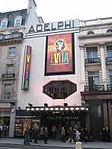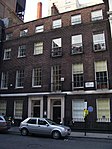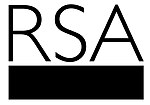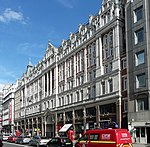Tivoli Theatre of Varieties

The Tivoli Theatre of Varieties was a popular English theatre based in the Strand, West London. It was designed by Charles Phipps and was built during 1889–90 at a cost of £300,000. It was constructed on the former site of the Tivoli Beer Garden and Restaurant. In the consortium that financed the project was the actor Edward O'Connor Terry. The hall opened on 24 May 1890 and was located opposite the Adelphi Theatre.After a few years, the hall was bought by the impresario Charles Morton, under whose proprietorship, it became one of London's leading music halls. Morton employed, among others: George Robey, Harriet Vernon, Nellie Navette, Harry Randall, Herbert Campbell, Vesta Victoria, the Brothers Griffiths, Ada Blanche, Leo Stormont, Little Tich, Dan Leno and Eugene Stratton. In 1900, the theatre was refurbished and the seating capacity was reduced. On 7 February 1914 the theatre closed for a road widening scheme, but due to the outbreak of World War I this didn't happen immediately, so the theatre stood derelict until it was demolished in 1916.
Excerpt from the Wikipedia article Tivoli Theatre of Varieties (License: CC BY-SA 3.0, Authors, Images).Tivoli Theatre of Varieties
Strand, London Covent Garden
Geographical coordinates (GPS) Address Nearby Places Show on map
Geographical coordinates (GPS)
| Latitude | Longitude |
|---|---|
| N 51.5097 ° | E -0.1228 ° |
Address
Argos
Strand 65-72 Unit 3
WC2N 5LR London, Covent Garden
England, United Kingdom
Open on Google Maps









